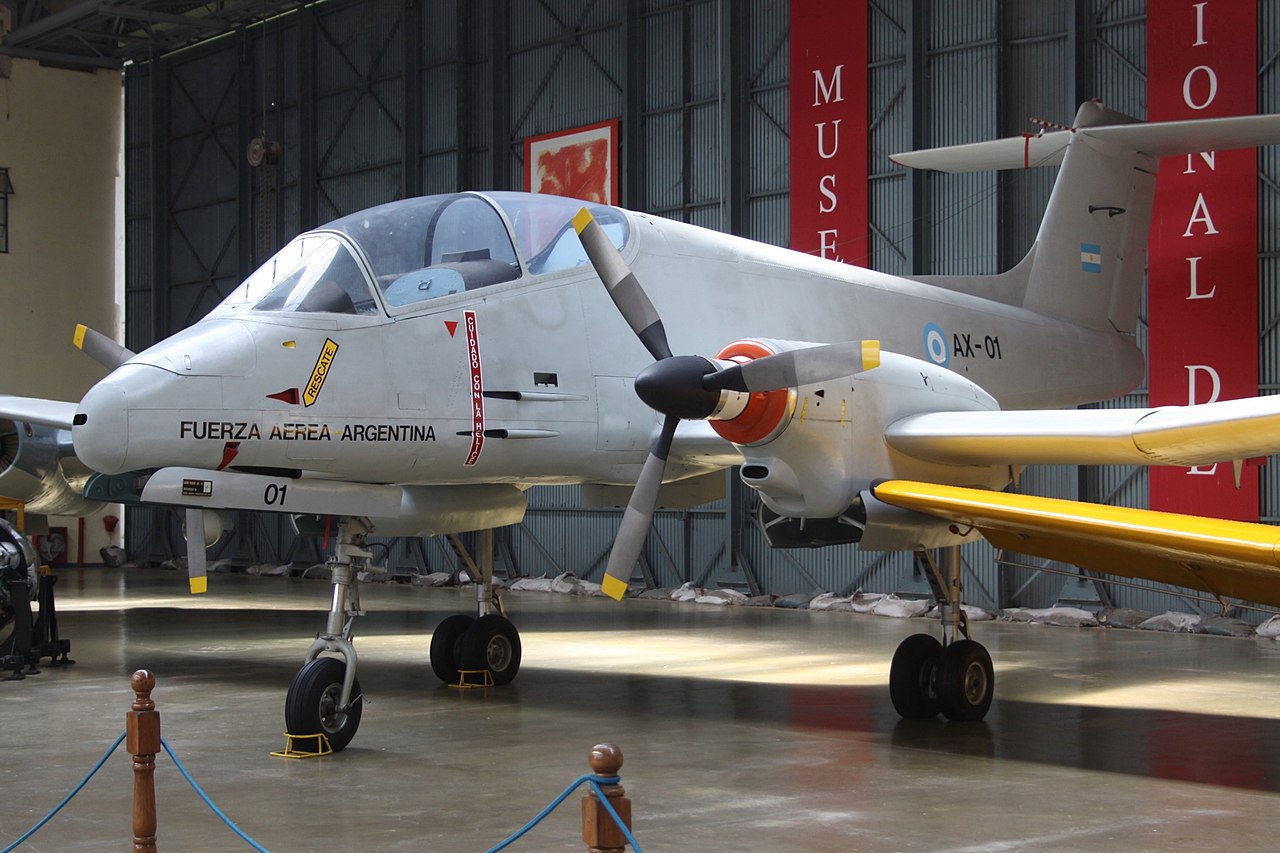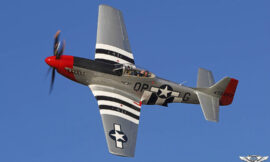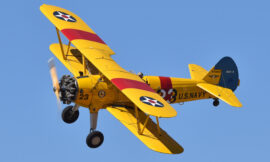The FMA IA 58 Pucará, an iconic Argentine ground-attack and counter-insurgency aircraft, represents a remarkable synthesis of ruggedness, adaptability, and combat effectiveness. Its story intertwines with Argentina’s military history, embodying a blend of innovation and necessity that characterized the nation’s defense needs during the late 20th century.
Origins and Development
The Pucará’s journey began amidst the backdrop of the 1970s, a period marked by political instability and internal conflict in Argentina. Facing insurgencies and guerrilla movements, the Argentine military sought a dedicated platform for counter-insurgency operations. Fabrica Militar de Aviones (FMA), Argentina’s state-owned aircraft manufacturer, responded to this demand with the IA 58 project.
Designed by engineers Santiago Germano and Lucio Testa, the IA 58 Pucará was envisioned as a rugged, cost-effective aircraft capable of operating from unimproved airstrips under austere conditions. Development commenced in the early 1970s, and by 1975, the first prototype took flight, showcasing its robust design and versatile capabilities.
Design and Features
The Pucará’s design reflects a utilitarian ethos, prioritizing functionality over sophistication. Its twin-engine configuration, featuring Pratt & Whitney PT6 turboprops, provided ample power for short takeoffs and landings, essential for operations in remote areas. The aircraft’s high-wing configuration and rugged landing gear further enhanced its suitability for rough airstrips and irregular terrain.
Armament capabilities were a cornerstone of the Pucará’s design. It boasted a formidable array of weaponry, including 20mm cannons, machine guns, rocket pods, and bomb racks, allowing it to deliver precision strikes against ground targets with lethal efficiency. Its versatility extended to reconnaissance and surveillance roles, with provisions for sensors and cameras to support intelligence-gathering missions.
Operational History
The IA 58 Pucará’s baptism of fire came during the Falklands War in 1982, when Argentina’s military junta sought to assert control over the disputed Falkland Islands. Despite facing formidable British forces, the Pucarás played a significant role in the conflict, conducting ground-attack missions against British troops and naval assets with determination and valor.
Operating from bases in mainland Argentina and improvised airfields in the Falklands, Pucará pilots executed close air support missions in support of Argentine ground forces, often operating under intense anti-aircraft fire. While the conflict ultimately ended in defeat for Argentina, the Pucará’s performance garnered respect for its ruggedness and combat effectiveness.
Legacy and Influence
The IA 58 Pucará’s legacy extends beyond its service in the Argentine Air Force. Its success in the counter-insurgency and close air support roles influenced the development of similar aircraft worldwide. Nations facing similar security challenges, such as Colombia and Uruguay, adopted the Pucará for their own defense needs, further cementing its reputation as a capable and adaptable platform.
Moreover, the Pucará’s design philosophy, emphasizing simplicity, durability, and affordability, continues to resonate in the realm of military aviation. In an era increasingly dominated by high-tech, expensive fighter jets, the Pucará serves as a reminder of the enduring value of practicality and pragmatism in aircraft design.
Conclusion
The FMA IA 58 Pucará stands as a testament to Argentina’s ingenuity and resilience in the face of adversity. From its humble origins as a counter-insurgency aircraft to its battlefield exploits during the Falklands War, the Pucará earned its place in military aviation history through its ruggedness, adaptability, and combat prowess. As conflicts evolve and security challenges persist, the legacy of the Pucará continues to endure, inspiring future generations of aircraft designers and operators with its timeless virtues.



